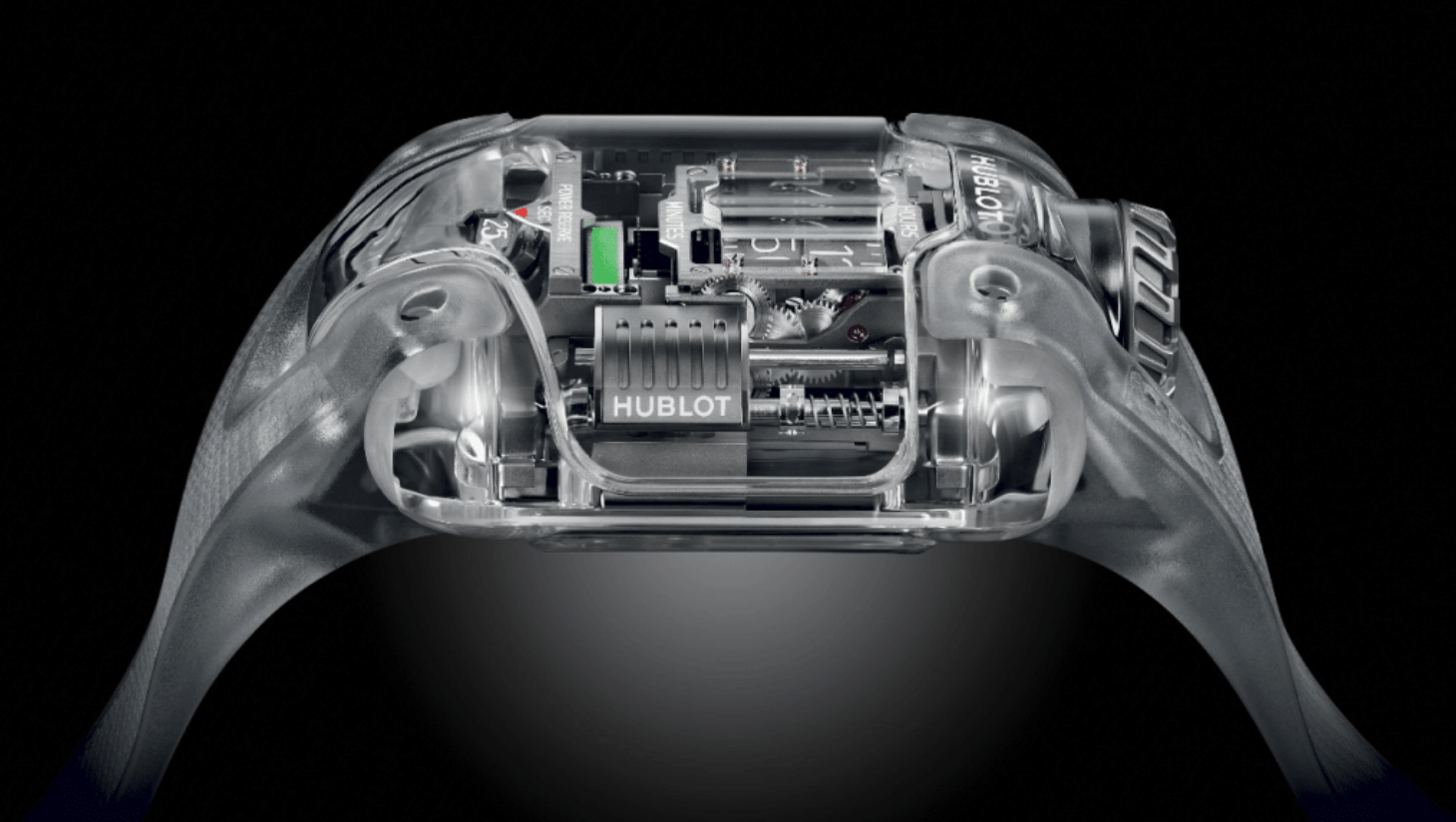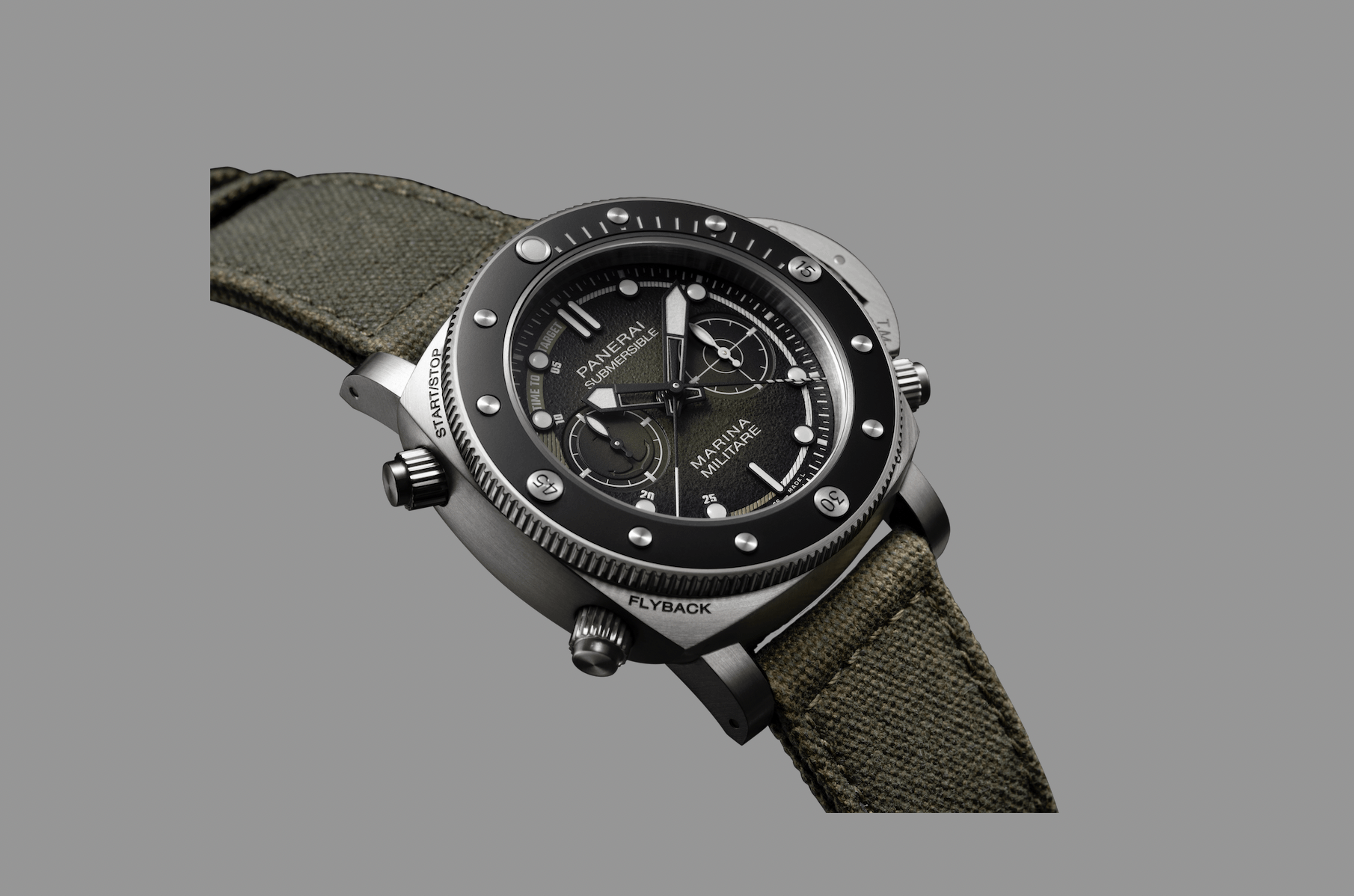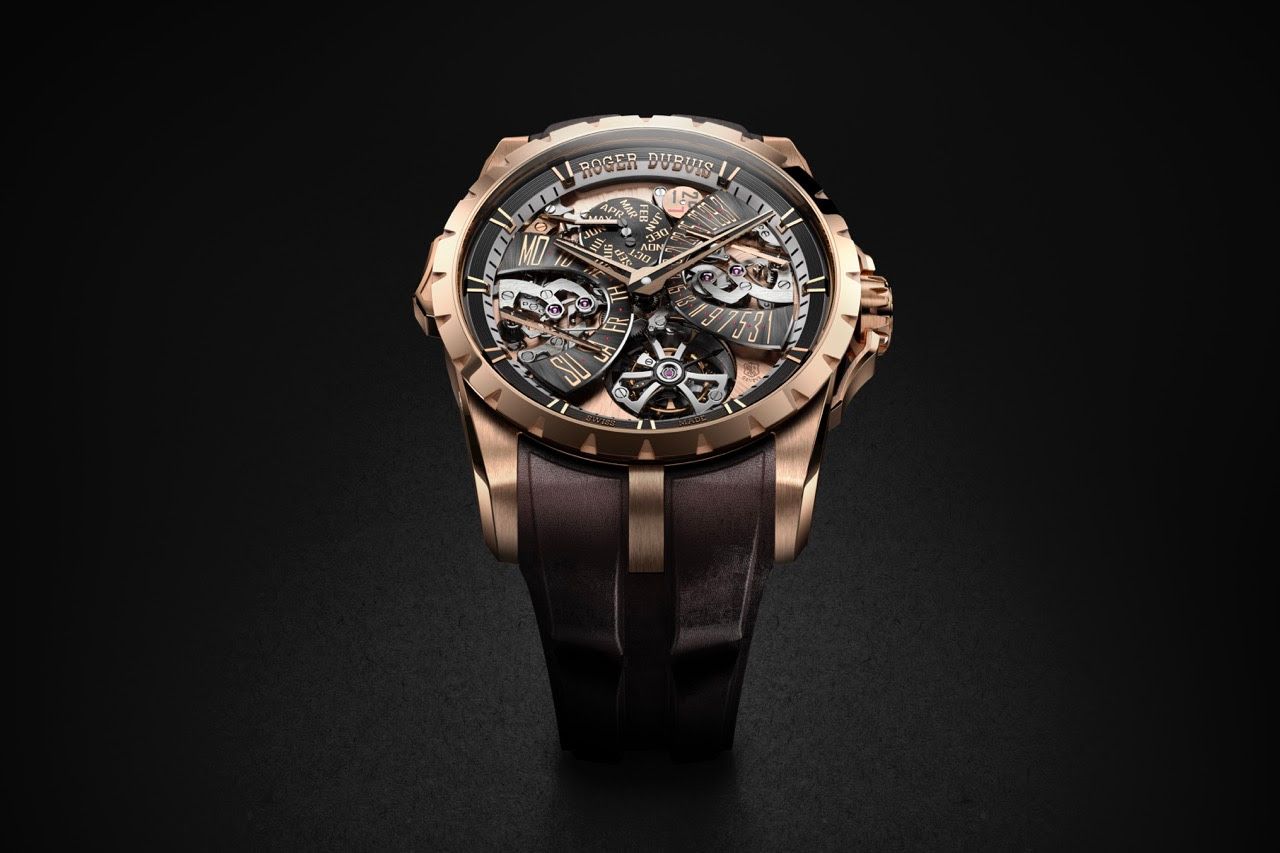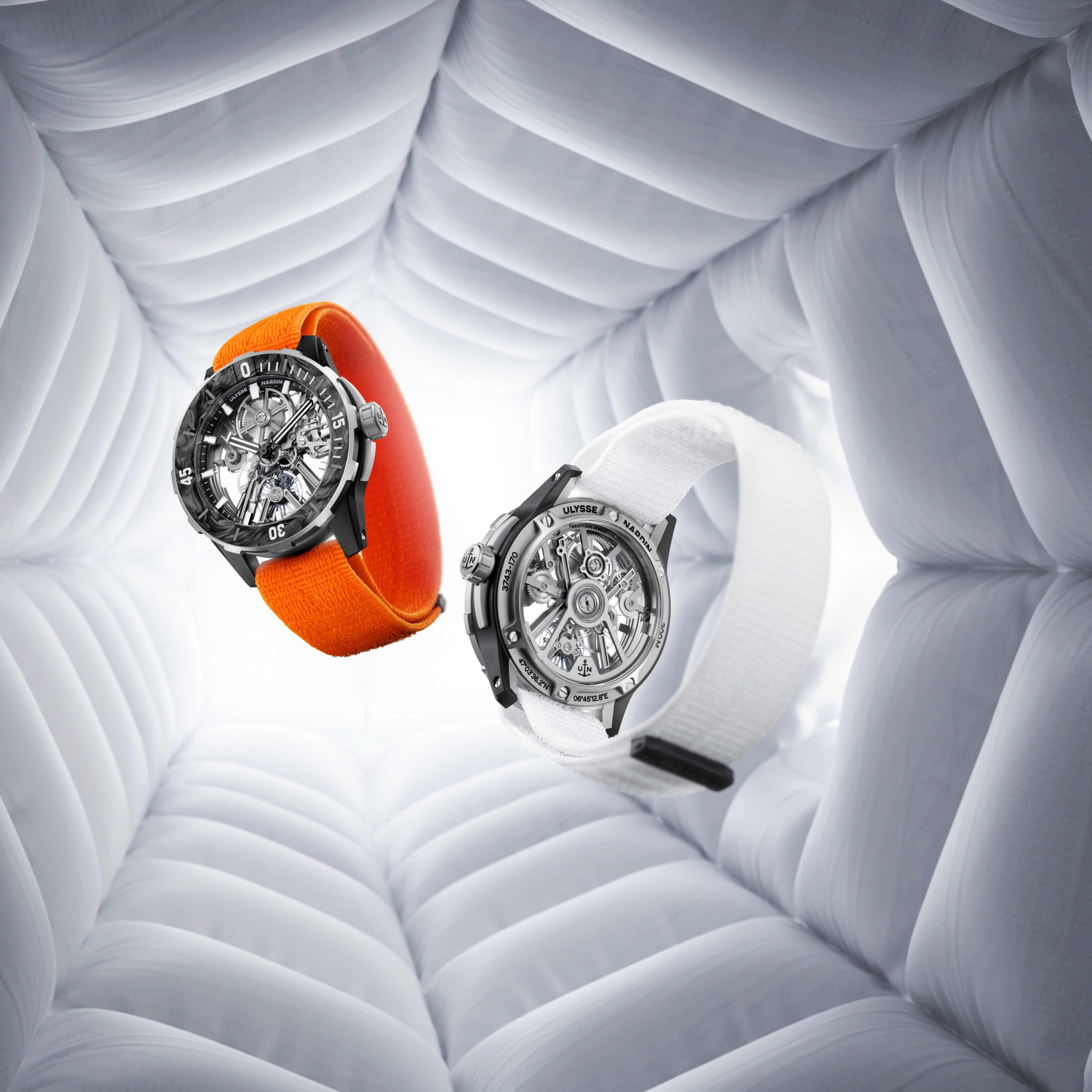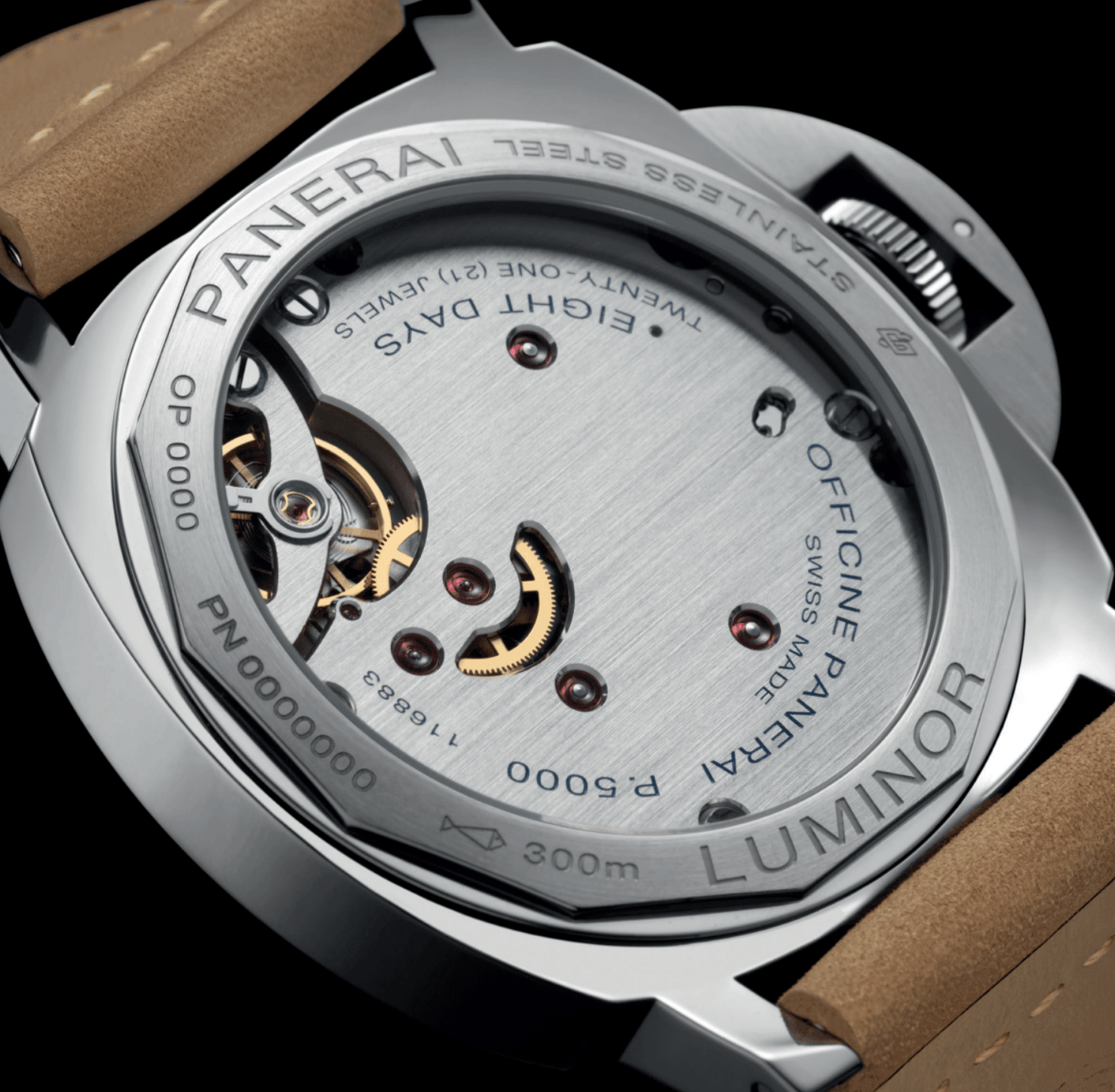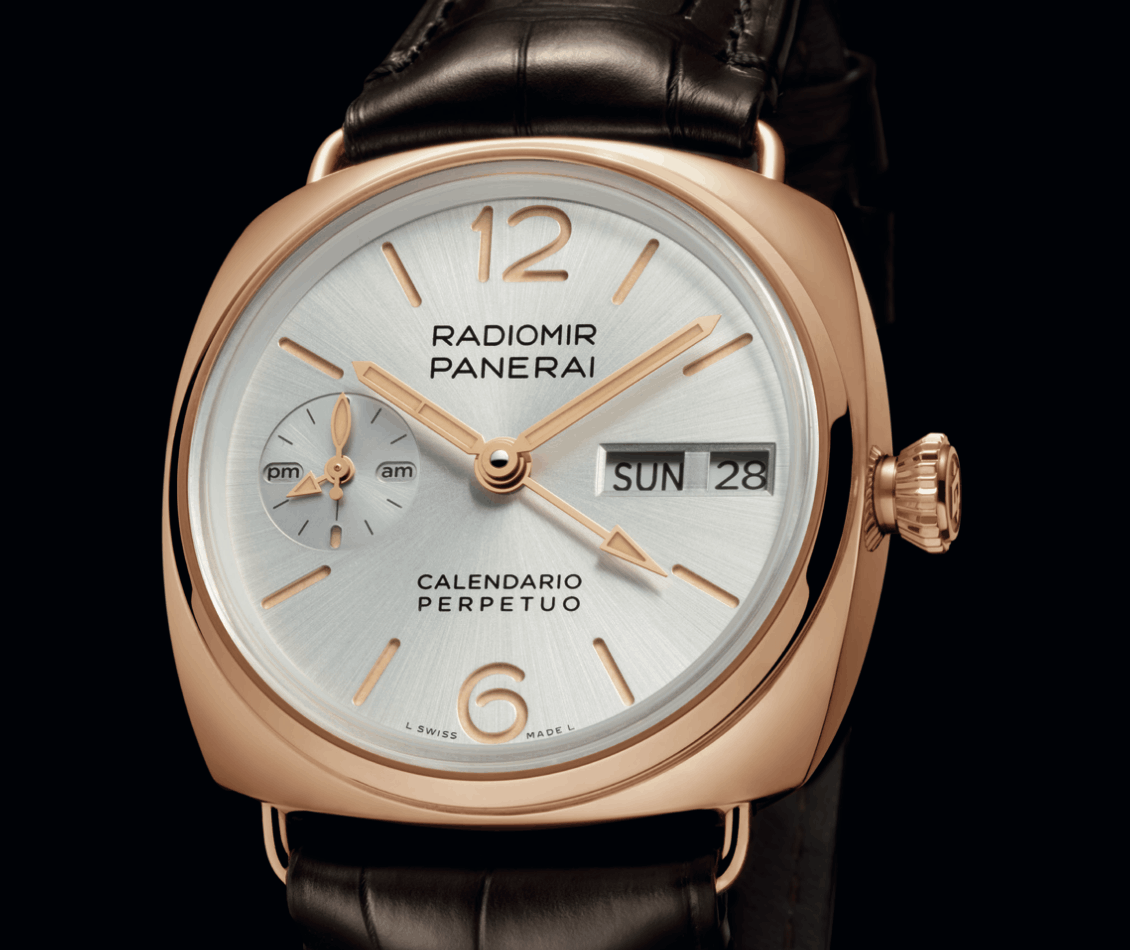The Art of Enameling
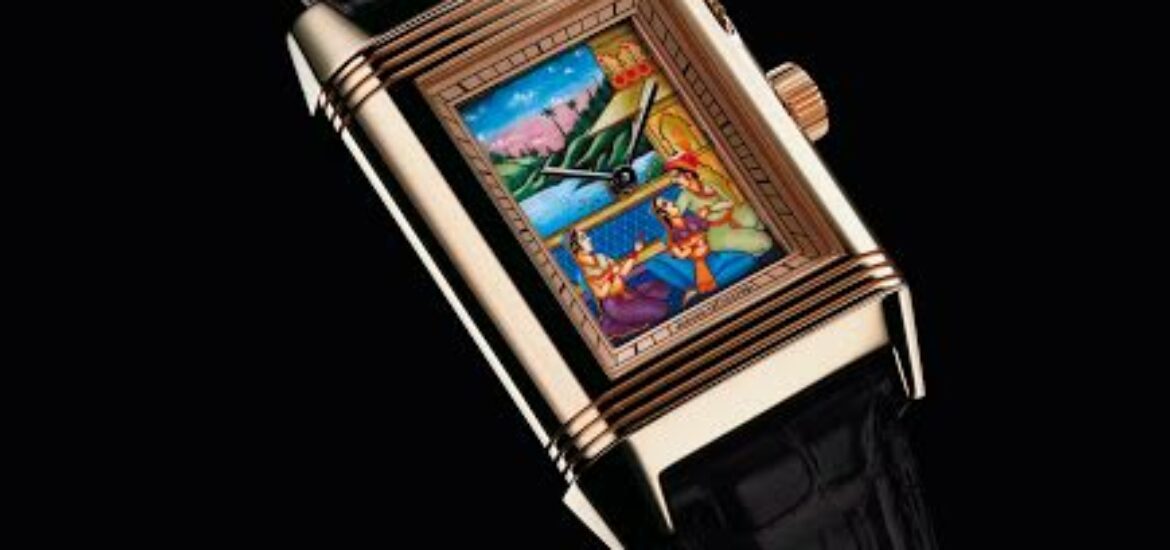
The Art of Enameling at Manufacture Jaeger-LeCoultre
For 180 years, the artisans of the Grande Maison have been cultivating their expertise, faithfully devoting themselves to reinventing it, nurturing it with venerable techniques or introducing novel methods. Past and present thus remain inextricably interwoven, as inseparable as the tandem formed by the aesthetic and technique facets of their work. Among the 40 professions exercised within the Manufacture, the talents of the Master Watchmaker are further enhanced by engraving, enamelling and gem-setting. These complementary Rare Handcrafts have been the major ornamental modes on watches since the 17th century, and are now perfectly mastered within the Jaeger-LeCoultre workshops.
Enameling – historical overview
Endowed with a timeless aura due to the enduring stability of its colours, enamel miniature painting also has great artistic value. The successive firing operations – since various colours have different fusion points – mean that the final composition of an enamelled work of art is very hard to predict. Enamelling is an art that requires absolute patience. The reproduction of a painting on a few square centimetres calls for weeks of work and concentration. Moreover, each firing involves the risk of annihilating all the work done up until that point.
Enamel is one of the rarest ancestral arts and goes back thousands of years. The first traces of enamelled objects date from the 5th century BC around the Mediterranean area, particularly on the island of Cyprus and in Egypt. The technique of cloisonné enamelling, which features enamelled segments separated by partitions, began to catch on from the 6th century onwards. Champlevé enamelling established itself in the West in the 12th century: enamels are applied to ametal plate bearing raised ‘fields’ to which they fuse during the firing. During that same period, the use of transparent enamels became more widespread, whereas they had been opaque until that time.
Miniature enamel painting came into its own in the 18th century. Using a fine brush often comprising a single hair, the colours are applied in successive touches to a white enamel base. This technique began to spread in Switzerland, where Geneva asserted itself as the world capital of miniature enamel painting. Enamelling thus began rubbing shoulders with the watchmaking art and the encounter between these two forms of artistic expression resulted in the most refined horological creations of the 18th and 19th centuries. Enamelling is so complex to master that artisans tended to be as narrowly specialised (white base enamel, decoration, firing, flux finishing) as were the watchmakers of the time in the production of movement components.
Circa 1890. Pocket watch – LeCoultre Calibre 19/20RMS
This strikingly realistic pocket watch bears the effigy of the Maharaja of Porbandar (1867-1908). The miniature enamel portrait shows a depth of field and brilliance that highlights every detail of the painting. The yellow gold case is artfully engraved and chased, featuring a rim of vibrantly coloured enamelled flowers.
1936 – Reverso with enamelled portrait of an Indian beauty – Jaeger-LeCoultre Calibre 410
Personalised with a portrait of an Indian woman whose story remains cloaked in mystery, this model dating from 1936 is a testament to the intrinsic beauty and durability of enamel. The polychrome miniature painting, which remains as fascinatingly fresh as ever, explores the smallest details of the face, the hair and the fabric of the dress. The vivid colours are an anthem to the ornamental wealth of Indian culture. The dial is also made in Grand Feu enamel.
Circa 1900. Enamelled Lépine-type pendant watch – Calibre LeCoultre 9HPV
This yellow gold pendant jewellery watch features a ribbon-shaped mobile brooch, graced with a chased décor appearing beneath the translucent enamel. The finely crafted case decoration subtly combines the talents of the gem-setter, the engraver and the enameller. It is graced with a modelled engraving that accentuates the depth of the scrolling pattern, while the feminine miniature enamel portrait is adorned with finely set rose-cut diamonds. The chased gold dial is also embellished with opalescent enamel. Swept over by Louis XVI style hands, the chapter ring is composed of white enamel cartouches bearing blue enamel painted Arabic numerals
Enameling today
No longer officially taught in art schools, the art of enameling is mastered by an exclusive circle of artisans perpetuating their know-how from one generation to the next. “I have founded the Atelier in 1996, – says Jaeger-LeCoultre’s master enameler Miklos Merczel – Before that I was working as a watchmaker here at the Manufacture Jaeger-LeCoultre. Several years I was alone, and now we see more and more younger people who get interested in this profession”. Silence is golden in the workshop of the enamellists. In their masterful exercise of age-old techniques, they are dedicated to perpetuating this exclusive skill that continues to delight devotees of Fine Watchmaking.
“The time needed to finish a piece varies from one day for enameling the multicolored dial of the Tourbillon World Map to one week for a miniature of a detailed painting or a design with swans that takes 160 hours of work. There is a difficulty in every step, and we learn with mistakes, reinventing and reinterpreting the techniques. The most enjoyable moment is when we get the result that we wished, even if it’s a simple piece,” – says Miklos.
Working on the new 2014 model, the Master Grande Tradition à Quantième Perpétuel 8 jours SQ, the enameller will decorate the white gold rings, one adorning the dial and another one for the case back of the watch. First finely chiseled by hand, they are then covered with blue transparent enamel using the grand feu “champlevé” method. Master enameller Miklos Merczel 2 and his team begin by applying the enamel on the surface of the piece using a very small paintbrush. Afterwards the piece is repeatedly fired in a kiln until it acquires the desired blue hue. Each firing, which reaches temperatures between 800 and 820 degrees Celsius, jeopardises the artwork because the torrid heat could cause cracks or undesired inclusions. The piece is then delicately polished with diamond powder. Enamelling always demands plenty of patience, and the Manufacture’s most experienced enamellers need 2 days of work to complete the two enamel rings that surround the dial and movement.
The 2013 Master Grand Tourbillon Enamel, a masterpiece in High Jewellery collection, features a sapphire crystal enhanced by a miniature painting applied using an innovative technique. Cranes, an age-old symbol of longevity, adorn the dial and are surrounded by bamboos of which some are meticulously painted on the sapphire crystal of the Master Grand Tourbillon Enamel watch.The decorated watch glass thus echoes the enamelled dial, creating an extraordinary overall effect of depth and volume. A meticulous guilloché work is performed on the white gold dial that is subsequently covered with transparent enamel with a shade of blue. The artist then draws a multi-colored landscape and places the glittering Moon made of silver foil. Having fired the piece in the kiln to fix the colors, the enameller works with the blanc de Limoges, applying various layers to shape the birds with a relief effect. The artisan will then give a touch of color to a range of miniature elements such as the plumage of the birds and the curve of their neck. The splash of colors gives life to the embossed design. Aiming at achieving a greater depth effect, the artisan adds miniature design elements to the sapphire glass that covers the dial and fires the glass to fix the colors. Finally, such extraordinary enameling is matched by an exceptional gem-setting.
















